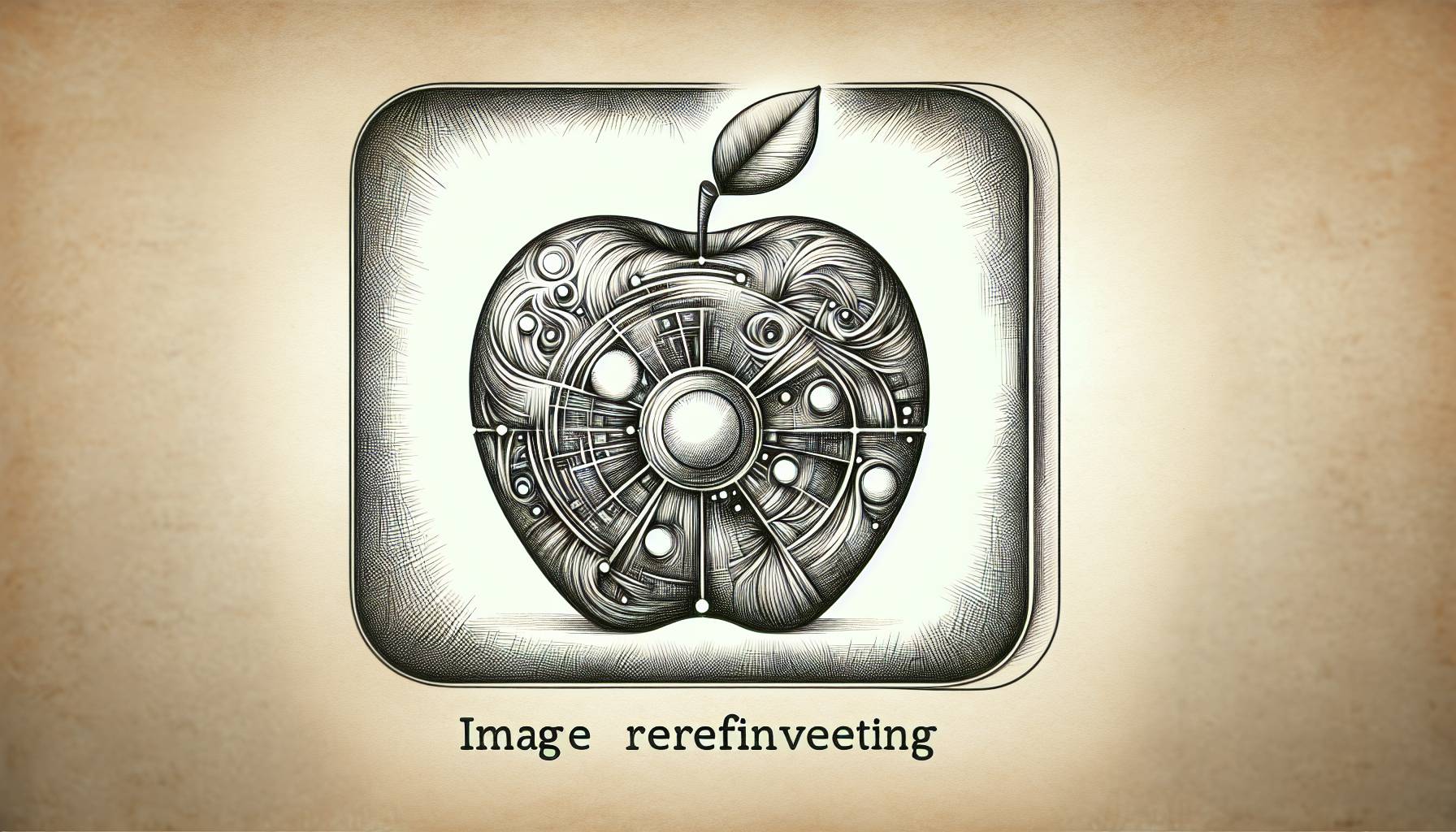The enchanting spectacle of a meteor, also known as a shooting star, has held the fascination of humanity for centuries. Today, it is widely understood that these celestial phenomena are fragments of rock or metal originating from asteroids in space. When their trajectory intersects with Earth’s path, they collide with our atmosphere at incredibly high speeds. This causes the surrounding air to heat up and compress, leading to the vaporization process and the formation of a luminous trail of vapor, known as a train. Meteors hold significant cultural and scientific importance, often symbolizing hope and potential for good fortune in ancient myths and folklore. Moreover, the study of such astral formations has provided valuable insights into the origins of our solar system, helping researchers decipher the timeline and processes involved in its formation.
Colors and Characteristics of Meteors
Meteors usually appear white, but various factors, such as their composition and gases in Earth’s atmosphere, can cause them to exhibit different colors like yellow, green, blue-violet, or red. A meteor’s brightest segment typically lasts no more than a second. During this time, the meteoroid covers tens of kilometers horizontally in the atmosphere before completely vaporizing at high altitudes. These vibrant celestial displays often leave observers in awe as they watch the transformation of space debris into brilliant streaks across the night sky. The speed and angle at which the meteoroid enters the atmosphere also play a crucial role in influencing the color and intensity of meteors, adding to the overall visual spectacle.
Impact Craters and Fireballs
Although most meteoroids are too tiny to create an impact crater on Earth’s surface, our planet is subjected to innumerable cosmic debris fragments daily. In rare events, larger meteoroids can produce fireballs or bolides that emit enough light to form shadows. These visually striking occurrences can sometimes be visible to the naked eye, mesmerizing observers and leaving traces for scientists to study. Meteorite impacts, though uncommon, offer valuable information about the composition of our solar system and reveal the formation of celestial bodies.
Superbolides and Their Consequences
When a meteoroid exceeds a meter in size, it may flatten due to the forces encountered during deceleration and could potentially lead to a superbolide explosion. This explosion releases an enormous amount of energy in the form of light and heat, causing the spectacular phenomenon known as a fireball. Superbolides can have severe consequences, including damaging Earth’s surface, creating impact craters, and producing shockwaves that can shatter windows and structures.
Conclusion
In conclusion, the captivating sight of a meteor streaking across the night sky has long held the fascination of people throughout history. Currently, a greater understanding of these celestial occurrences has revealed their scientific significance and impressive visual characteristics. The ongoing study of meteors continues to provide vital information about the origins of our solar system, the formation of celestial bodies, and the diverse nature of space debris and meteoroids. As observers continue to witness these awe-inspiring events, they deepen humanity’s connection to the cosmos and provide an important reminder of the vast and enigmatic universe in which we reside.
FAQ Section
What is a meteor and why is it important?
A meteor, also known as a shooting star, is a fragment of rock or metal originating from asteroids in space that collides with Earth’s atmosphere at high speeds. Meteors hold significant cultural and scientific importance, symbolizing hope and potential for good fortune in ancient myths, and providing valuable insights into the origins of our solar system.
What factors influence the color of a meteor?
Meteors usually appear white, but their composition and gases in Earth’s atmosphere can cause them to exhibit different colors like yellow, green, blue-violet, or red. The speed and angle at which the meteoroid enters the atmosphere also play a crucial role in influencing the color and intensity of meteors.
Can meteoroids create impact craters on Earth?
Although most meteoroids are too tiny to create an impact crater on Earth’s surface, larger meteoroids can produce fireballs or bolides that emit enough light to form shadows. Meteorite impacts, though uncommon, offer valuable information about the composition of our solar system and reveal the formation of celestial bodies.
What is a superbolide and what are its consequences?
A superbolide occurs when a meteoroid exceeds a meter in size, flattens due to the forces encountered during deceleration, and potentially leads to an explosion. This explosion releases an enormous amount of energy in the form of light and heat, causing the spectacular phenomenon known as a fireball. Superbolides can have severe consequences, including damaging Earth’s surface, creating impact craters, and producing shockwaves that can shatter windows and structures.
How do meteors deepen humanity’s connection to the cosmos?
The ongoing study of meteors provides vital information about the origins of our solar system, the formation of celestial bodies, and the diverse nature of space debris and meteoroids. As observers continue to witness these awe-inspiring events, they deepen humanity’s connection to the cosmos and provide an important reminder of the vast and enigmatic universe in which we reside.
First Reported on: scientificamerican.com
Featured Image Credit: Photo by ThisIsEngineering; Pexels; Thank you!













